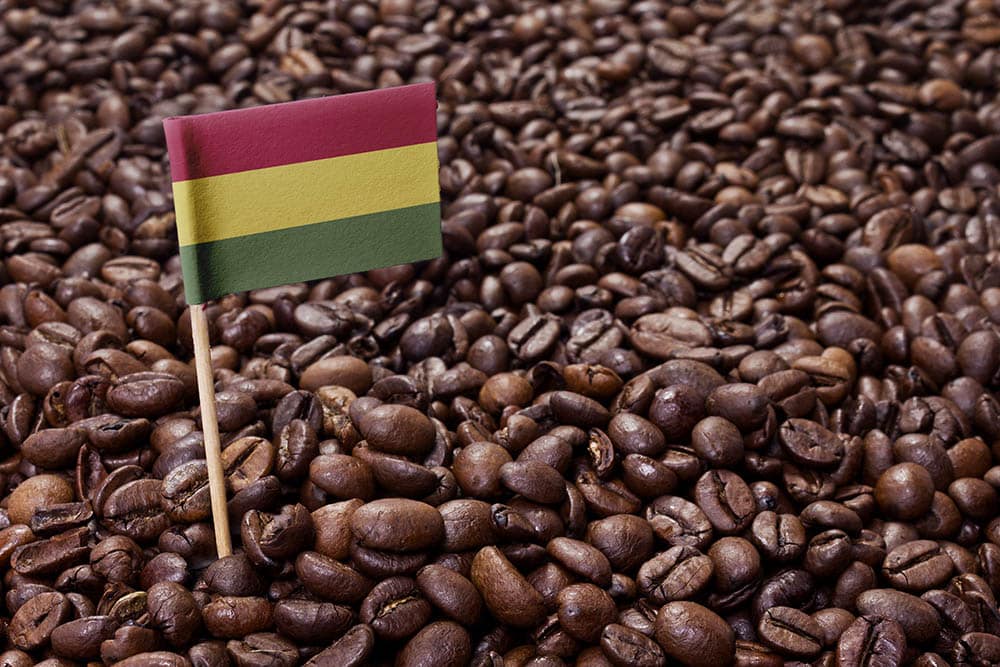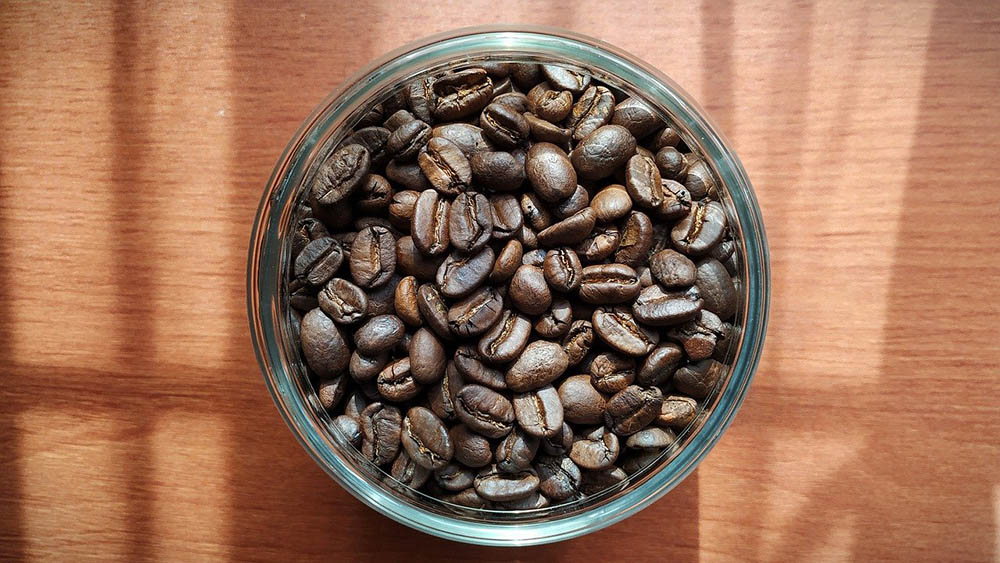
Situated in the eastern part of South America, sandwiched between Paraguay, Peru, Argentina, Chile, and Brazil, is Bolivia. Brazil and Colombia get all the South American coffee attention — rightfully so — but Bolivia is taking steps to make itself a real player in the specialty coffee game. Climate-wise, Bolivia is perfectly suited for coffee growing. It has plenty of rainfall, heat, and humidity to cultivate healthy coffee trees, but sociological and economic factors have prevented it from reaching its coffee-growing potential.
In this article, we’re going to give you an overview of Bolivian coffee. We will cover Bolivian coffee history, varieties, and what the future may hold for the Bolivian coffee industry. We’ll also give you some tips for purchasing and brewing Bolivian coffee.

Bolivian Coffee History
The modern coffee industry in Bolivia began circa 1920 in the Yungas, a forested area running along the eastern slopes of the Andes mountains. The Yungas are still where more than 95% of Bolivia’s coffee grows, thanks to the ideal combination of heat, rainfall, humidity, and farmable land at high altitudes.

Coffee grown in the Yungas must be sent to the nearby city of La Paz to be processed and prepared for export, and that is where Bolivia’s underdeveloped infrastructure puts a damper on things. The poor quality of Bolivia’s roads and lack of essential equipment make the journey from The Yungas growing regions to La Paz slow and hazardous for freshly picked coffee beans. Temperature variations and long times between being harvested and processed take a toll on the beans, making them less suited for use by specialty coffee roasters.
To remedy the situation, the Bolivian government instituted a program in 2001 to build processing plants in the Yungas to reduce the coffee beans’ moisture levels before making the trip to La Paz. Wicking away moisture before transporting the beans allows them to arrive in La Paz much fresher than they otherwise would, allowing the rest of the processing to take advantage of the Yungas’ ideal growing conditions.
In addition, an alternate route from the Yungas to La Paz was built, which avoided the worst of the hazardous roads. The combination of moisture processing on-site in the Yungas and a shorter trip from the Yungas to La Paz significantly improved the quality of Bolivia’s exports. The higher quality coffee fetched higher prices, incentivizing farmers to pursue coffee instead of Bolivia’s other main export, cocoa.
Today, Bolivia is still struggling to overcome its reputation for producing low-quality coffee from its many years of exporting lackluster coffee.

Bolivian Coffee Flavor Profile
Bolivian coffee shares many similarities with other South American origins but has a slight advantage thanks to its high-altitude growing areas. If you’ve had Brazilian or Colombian coffee, you already have a good idea of what Bolivian coffee is like. You’ll find mostly malty flavors like cocoa, caramel, and hazelnut, but there is also a citrusy, acidic quality that other South American coffees don’t have.
Coffee grown at high elevations tends to be more fruity and acidic thanks to slower growth from thinner air and more substantial drainage. The high altitudes of the Yungas region are perfect for producing complex coffees with interesting flavor profiles, and those growing regions are Bolivia’s greatest asset for producing specialty coffee.
Brewing Bolivian Coffee
Even with the slightly more acidic and citrusy tasting notes, Bolivian coffee is still more similar to Colombian and Brazilian coffee than it is different. Many roasters prefer to roast malty coffee beans to a medium or medium-dark level to play to the beans’ strengths. We recommend looking for a medium roast or darker for your first bag of Bolivian coffee.
Dark roasts do well in immersion-style brewers and South American dark roasts, especially so. If you have a favorite immersion brewer, we recommend you use it; otherwise, just use whatever your favorite brewing method is. We tend to prefer using a French press for brewing Bolivian coffee, but it also works well in a batch of cold brew or in a hybrid brewer like the Kalita Wave.
These are merely our preferences, so feel free to plop some Bolivian coffee in your pour-over and see what happens! Bolivian coffee is the most pour-over-friendly of the South American coffees, in our opinion. If you are a big fan of percolation brewing, Bolivian coffee poses an interesting challenge, almost daring you to see how much of the citrus undertones you can coax out.

Conclusion
Bolivian coffee faces unique challenges thanks to its underdeveloped infrastructure and difficult geography. Bolivia has a nearly ideal climate for growing coffee, complete with high-altitude farming land, but its coffee production is frustratingly held back by a logistical nightmare.
The coffee industry in Bolivia is healthier than it has ever been before, and the rising tide of specialty coffee is not leaving Bolivia’s ships behind. Bolivian coffee is available for purchase globally thanks to the magic of the internet, giving more people access to their coffee. If you want to try Bolivian coffee yourself, we recommend starting with a dark roast and a French press before experimenting with other roasts and brewing methods.
You might be interested:
Featured Image Credit By: Per Bengtsson, Shutterstock















